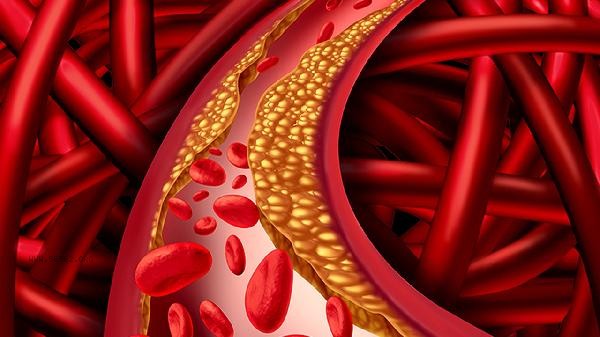The red blood cell count of 6.01 × 10 ¹ ²/L is mildly elevated and in most cases not severe. The actual clinical significance needs to be comprehensively judged based on indicators such as hemoglobin concentration, hematocrit, and average red blood cell volume. Common influencing factors include dehydration, altitude sickness, chronic hypoxia, myeloproliferative diseases, and smoking.

1. Physiological factors:
Intense exercise, long-term smoking, or exposure to high altitude environments may lead to compensatory increase in red blood cells. This type of situation usually does not require special treatment and can gradually recover through hydration, quitting smoking, or adapting to the environment. If accompanied by dizziness or fatigue symptoms, it is recommended to monitor blood oxygen saturation. 2. Blood concentration: Dehydration caused by diarrhea, burns, or insufficient water intake can lead to pseudoerythrocytosis. Excessive sweating or fasting blood draws within 24 hours prior to testing may also cause this phenomenon. It is recommended to maintain a normal amount of water intake before rechecking the blood routine, and at the same time, check the urine density to assist in identification.
3. Chronic hypoxia:
Chronic obstructive pulmonary disease, sleep apnea, and other diseases can stimulate the secretion of erythropoietin. These patients often have physical signs such as cyanosis of the lips and clubbing fingers, and require comprehensive lung function tests and arterial blood gas analysis. Oxygen therapy may be necessary if necessary.
4. Bone marrow abnormalities:

Bone marrow proliferative diseases such as polycythemia vera can cause autonomous proliferation of red blood cells, typically manifested as facial and neck skin flushing and splenomegaly. Diagnosis needs to be confirmed through JAK2 gene testing and bone marrow puncture, and this condition requires intervention from a hematology specialist.
5. Secondary increase:
Tumors such as renal cysts and liver cancer may secrete erythropoietin abnormally. It is recommended to improve abdominal ultrasound and tumor marker screening, especially for middle-aged and elderly patients who experience weight loss and need to be alert to the possibility of malignant tumors.
It is recommended to maintain a daily water intake of 1500-2000 milliliters and avoid prolonged high-temperature work. High altitude travelers should adapt to the altitude in a step-by-step manner, and patients with chronic respiratory diseases should receive standardized treatment for the primary disease. Monitor the changes in blood routine every month. If the red blood cell count remains above 6.5 × 10 ¹ ²/L or symptoms such as headache and blurred vision occur, the risk of thrombosis should be promptly investigated. Moderately increase the intake of anticoagulant ingredients such as celery and black fungus in diet, and reduce the intake of high purine foods such as animal organs.









Comments (0)
Leave a Comment
No comments yet
Be the first to share your thoughts!